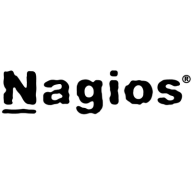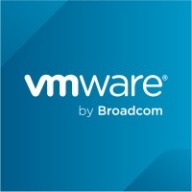

VMware Aria Operations for Applications and Nagios Core compete in application monitoring and management. VMware often has the upper hand due to its flexibility and modern analytics, while Nagios is favored for customization and simplicity.
Features: VMware Aria Operations for Applications includes advanced analytics, real-time performance monitoring, integrated automation, unified visibility, and proactive issue resolution. Nagios Core offers robust alerting, highly customizable monitoring, community-supported extensions, open-source flexibility, and scalability for various environments.
Room for Improvement: VMware Aria Operations for Applications could improve in user interface simplicity, cost efficiency, and scalability for smaller organizations. Nagios Core may need enhancements in documentation clarity, integration with third-party tools, and professional customer support options.
Ease of Deployment and Customer Service: VMware Aria Operations for Applications provides a streamlined deployment process with extensive support and is ideal for complex environments. Nagios Core offers a straightforward deployment model but requires more manual configuration, relying on community-driven support.
Pricing and ROI: VMware Aria Operations for Applications may involve higher upfront costs but delivers substantial long-term ROI through automation and efficiency. Nagios Core, as an open-source solution, presents a lower initial cost with good ROI for those investing time in setup and customization.
```| Product | Market Share (%) |
|---|---|
| Nagios Core | 3.1% |
| VMware Aria Operations for Applications | 1.5% |
| Other | 95.4% |


| Company Size | Count |
|---|---|
| Small Business | 20 |
| Midsize Enterprise | 11 |
| Large Enterprise | 22 |
| Company Size | Count |
|---|---|
| Small Business | 4 |
| Midsize Enterprise | 1 |
| Large Enterprise | 10 |
This is IT infrastructure monitoring's industry-standard, open-source core. Free without professional support services.
VMware Tanzu Observability by Wavefront is a powerful tool for monitoring and analyzing the performance and availability of applications and infrastructure in real-time.
With its comprehensive monitoring capabilities, visualizing and analyzing data becomes effortless. The real-time alerting system ensures timely issue resolution, while scalability and a user-friendly interface provide a seamless experience for smooth operations.
We monitor all IT Infrastructure Monitoring reviews to prevent fraudulent reviews and keep review quality high. We do not post reviews by company employees or direct competitors. We validate each review for authenticity via cross-reference with LinkedIn, and personal follow-up with the reviewer when necessary.